#Pyrausta
Text
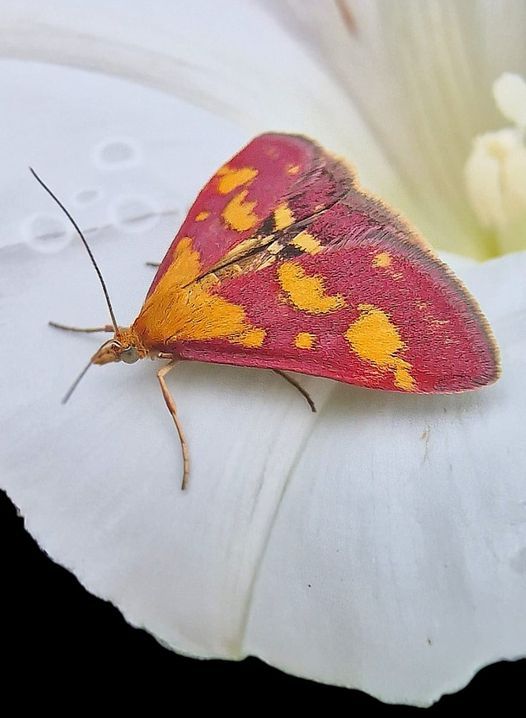
Purplish Pyrausta Moth (Pyrausta purpuralis), family Crambidae, Spain
photograph by Orlando Fidalgo
155 notes
·
View notes
Text
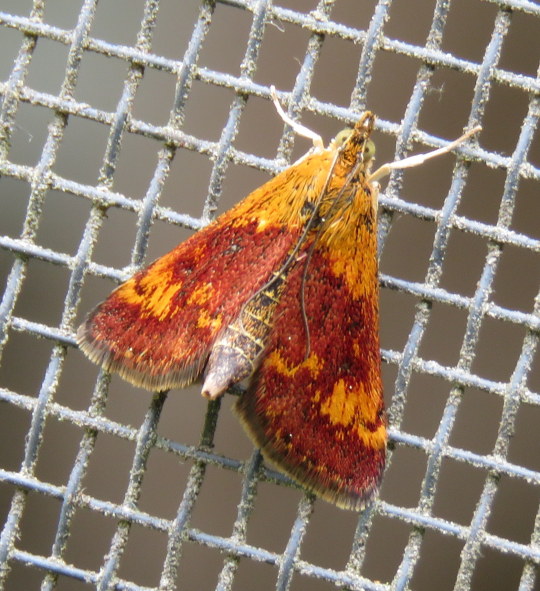
Bug of the Day
I have a ton of these orange mint moths (Pyrausta orphisalis) in my yard because I grow over a dozen different types of mint and related herbs in the Lamiaceae. Always a treat to see one because they are so beautiful!
#orange mint moth#Pyrausta orphisalis#Pyrausta#Crambidae#Lepidoptera#moth#insect#mint#minty fresh#minty
215 notes
·
View notes
Text

Larvausta have an exoskeleton that is highly resistant to heat and as a means of defending themselves will ignite their surroundings and dwell within the resultant blaze. Although they will typically eat the charcoal they prouduce, they do need to leave their fire to substitute this diet with fresh, living plant matter.
Raustoon are encased almost totally in their heat resistant shell with only small vents visible through these plates. Although tough and difficult to threaten they use these vents to release pent up energy as a defensive explosion; capable of launching them from danger in the same action that decimated their original launch site.
Rallirausta are often mistaken for dragons, their overall shape and fire-breathing abilities an obvious similarity. Their tiny stature for something so dangerously powerful belies their insectile nature and luckily they'd rather mind their own business tending to their flaming nest sites than cause a ruckus like so many dragons.
--Attack Info--
--Ability Info--
3 notes
·
View notes
Text

127 Pyraustik, the Insect Dragon Pokémon - Dragon/Bug
It is known for stealing objects and hiding them away for long periods, before returning them exactly where they found them. Its long tongue and limbs are extremely sticky and can stretch out to grab prey flying through the air.
#pokemon#fakemon#pokeart#illustration#pokemonfanart#digitalart#pokemonart#fanmade pokemon#pokémon#concept art#fake pokemon#dragon type#bug type#pyrausta
47 notes
·
View notes
Photo
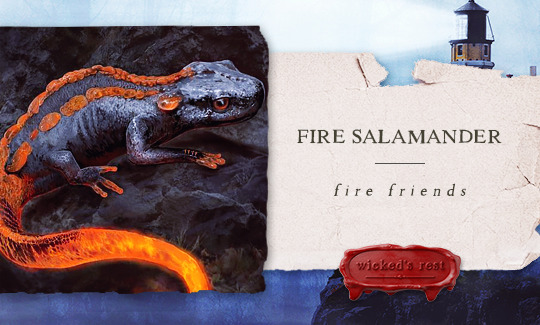
NAME: Fire salamander
RARITY: ★☆☆☆☆
THREAT LEVEL: ★☆☆☆☆ | Harmless aside from some possible burns due to handling.
HABITAT: They can be sighted under leaf litter, in piles of wood, up on trees, and inside peoples’ houses. They like hot, moist environments and sometimes can be recognized by the steam that forms around them when they’re resting somewhere damp and it gets too cold for them. There’s an especially powerful population in Seven Peaks at Daybreak’s Roost.
DESCRIPTION: Fire salamanders are found naturally across most of the globe; they’re one of the most common species of fae, though the average person wouldn’t recognize them as such. Despite their name, behaviors, and appearance, fire salamanders are not amphibians (or salamanders at all). Some people have been known to keep fire salamanders as pets or familiars. A salamander who trusts its owner won’t burn them, but new owners are advised to use heat-proof gloves to handle their little critters at first. Their favorite food? Fireflies, of course.
ABILITIES: Fire salamanders withstand and even thrive in a wide range of temperatures. They emanate heat and are capable of making their skin as hot as fire, burning anyone who touches them and melting or setting ablaze to anything nearby. They have magical qualities that spellcasters may find helpful, and can aid fire elementals who need help focusing their powers. Though not as smart as a person, they’re smarter than actual salamanders and have comparable intelligence to a cat.
WEAKNESS: Though salamanders like moisture, they don’t like water. Dousing them with water could kill them or make them ill. They’re vulnerable to iron. They don’t have any protective abilities or physical means to defend themselves and can be killed with nearly any object. But why would you want to?
OTHER VARIANTS:
Pyrausta: First sighted on the isle of Cyprus, this salamander species has dragonfly wings and more reptilian features. Pyrausta die if separated from a heat source for too long.
(Fire) gecko: Much like salamanders, except their physiology is more similar to geckos. They’re not found in leaf litter, and are more likely to be seen tip toeing across your walls and ceilings. This can leave little scorched marks on them from their hot feet.
#monsters#friendly#magical#woods#populated areas#meadows#mountains#subterranean#pyrausta#fire gecko#fire salamander#fae monster
3 notes
·
View notes
Text
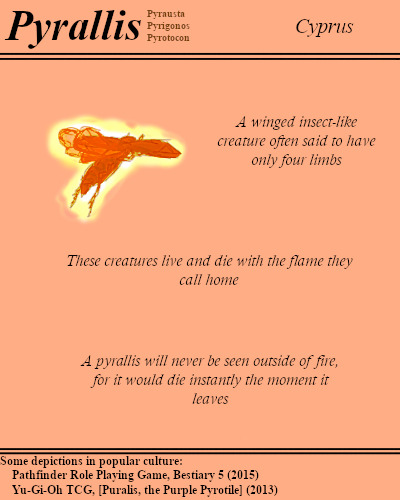
Notably, while the creature has frequently been depicted as some type of dragon, this is not really the case.
The origin of pop culture's draconic depiction was Una Woodruff's "Inventorum Natura" and its account attributed to Pliny. An account that in truth was purely Woodruff's work of fiction.
#BriefBestiary#bestiary#digital art#fantasy#folklore#legend#myth#mythology#fire spirit#pyrallis#pyrausta#pyrigonos#pyrotocon#fire elemental#legendary insect#living fire#fire bug#cyprus folklore#greek legend#greek folklore
16 notes
·
View notes
Text
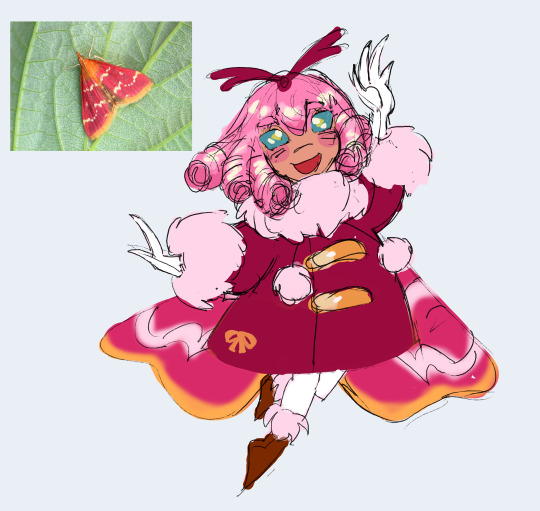
my beautiful daughter who weighs 2 grape exactly(EVERYONE CLAP OR ILL BLOW THIS WHOLE PLACE UP
324 notes
·
View notes
Text
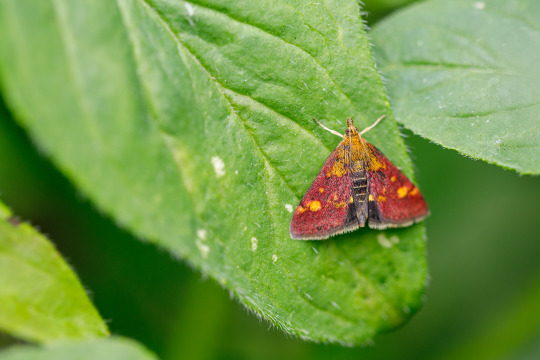
Mint Moth
A velvety red mint moth on a marjoram leaf in the garden.
#30dayswild#canon#canonuk#fauna#garden#insect#insects#invertebrate#invertebrates#minibeast#minibeasts#mint moth#moth#moths#nature#outdoors#pyrausta aurata#spring#springwatch#wildlife
63 notes
·
View notes
Text


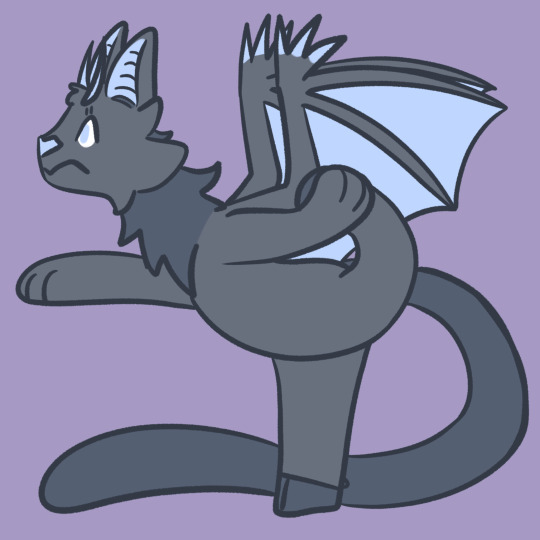

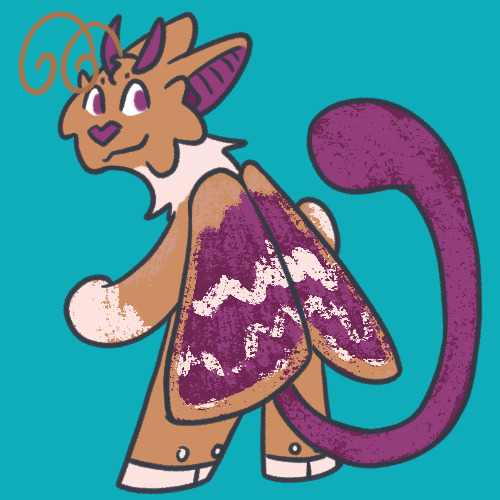
#drawing#digital art#art#oc art#oc#ren#tutelary#tute#moth#butterfly#yea one is corazon inspired#it’s a pink spotted cattleheart#the other is raspberry pyrausta
9 notes
·
View notes
Text
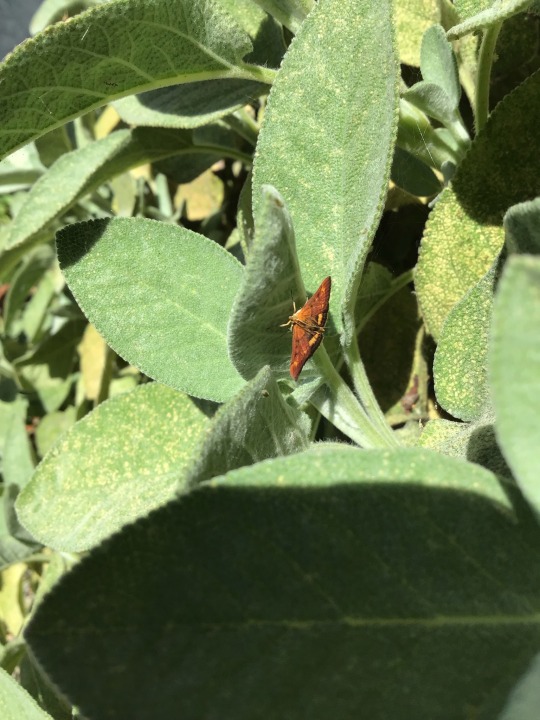

@biitumen submitted: Greetings! I saw this tiny but beautiful moth (?) on my sage plant in Victoria bc this morning
any idea what he is?
What a tiny precious cute angel! It’s a type of mint moth, probably a California pyrausta moth. If you have mint planted nearby, that would be why it’s there!
62 notes
·
View notes
Text
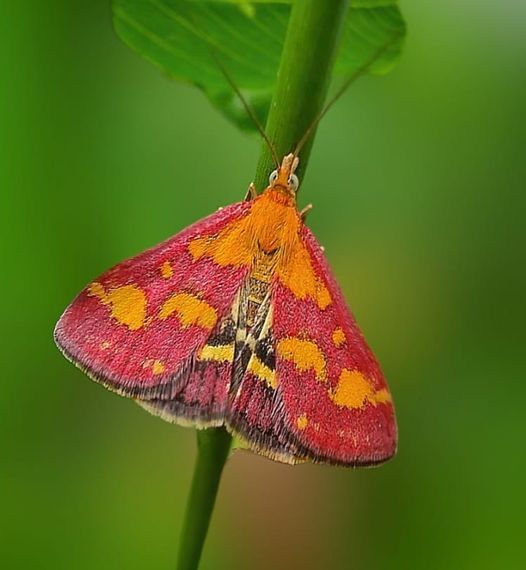
Purplish Pyrausta Moth (Pyrausta purpuralis), family Crambidae, Spain
photograph by Orlando Fidalgo
142 notes
·
View notes
Photo
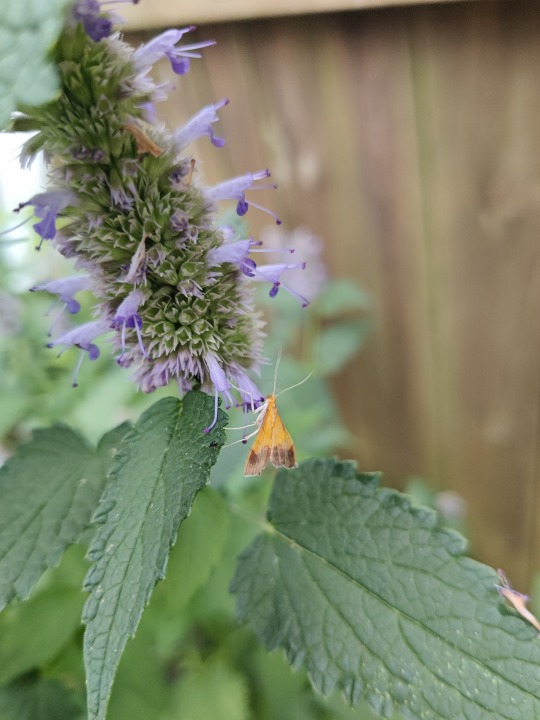
Pyrausta bicoloralis in the anise hyssop! What a bright orange it was. This angle doesn’t do it justice.
9 notes
·
View notes
Text
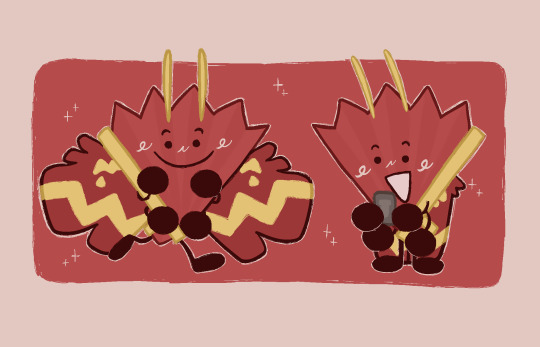
made fan into a bug…. hes a coffee-loving pyrausta moth!
102 notes
·
View notes
Text
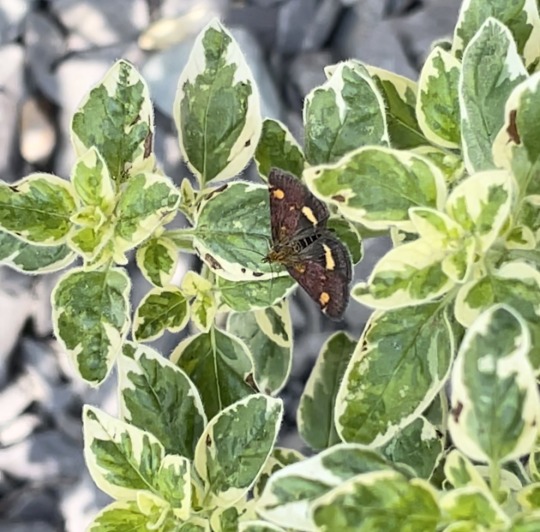
Immigrating in adulthood means that I get the exciting experience of being surprised by life around me. I didn’t grow up with them, you see.
Yesterday the surprise came in the form of a moth the size of a thumbnail. I was hanging up laundry when I saw it - the first impression was a small fly, with a dense quickness and buzz. I could identify “moth” by its gestures, but I was enchanted by the brilliance of the graphic design - the sweet velvety purple-brown color set against the bright gold - and the gratified, lavish attention it was paying to my variegated oregano. It was tremendously excited by some mysterious property of that oregano. I mean, I get it too, but I hardly ever do an interpretive dance on it. It reminded me of a cat romping on a fresh catnip plant.
After research, I was happy to meet the MINT MOTH or SMALL PURPLE AND GOLD, which just goes to show that moth-namers - more than any other natural historians - understand the assignment. They give you two choices, both good, both descriptive, and conveying the essential character. Trustworthy folk, your moth people. My moth-fancying friend, who goes out of her way to meet new moths, has a Facebook album called Much Ado About Mothing and goes to local mothing meetings, sometimes posting the minutes, which only reinforces my take here; these people are trustworthy, diligent hands to place problems in.
I like the Linnean name too: Pyrausta aurata, the ‘aurata’ meaning gold-adorned, gilded; and Pyrausta possibly being a reference to a Greek mythological insect, which is exciting because you don’t get many mythological insects. but you’d better research that for yourself, as I didn’t see a single source I liked very much.
And best of all I liked the description of its habits. The Mint Moth loves mint and marjoram, and is a delightfully common visitor in gardens that grow these. In the wild, it follows watermint and wild marjoram. These plants form forage for its polite caterpillars, who barely affect the host plants at all. And if you have a garden in the uk with mint and marjoram, a very tiny creature the size of a thumbnail may come and roll around in it.
Now, I have mint and marjoram - but it really wanted that oregano, which was interesting to think about - something worth exploring and understanding better, even though it isn’t the food source of its caterpillars. Oregano is a member of the Lamiaceae family, which mint and marjoram belong to, so it clearly has something that mint moths like; and even though the marjoram is right next to it, it was clearly worthy of deep mothy investigation. Who knows what’s in the mind of a moth! I hope if any caterpillars emerge from this little dance, they’re happy with eating oregano…
Hurray for little visitors who bring surprises.
517 notes
·
View notes
Text
A tiny bit of a dragon categories.
This is a bunch of images listing different Dragon types that I used as reference.

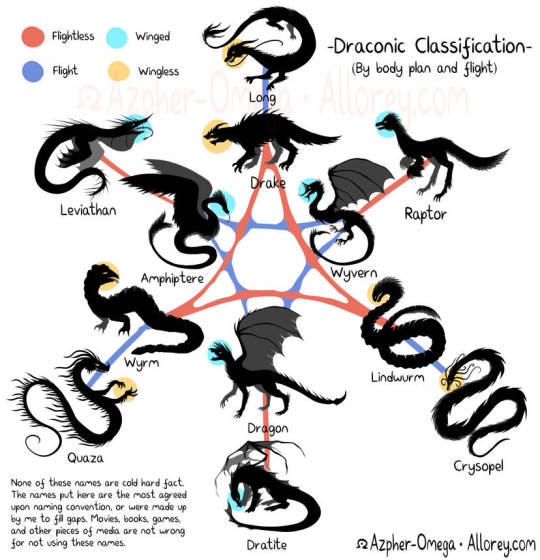

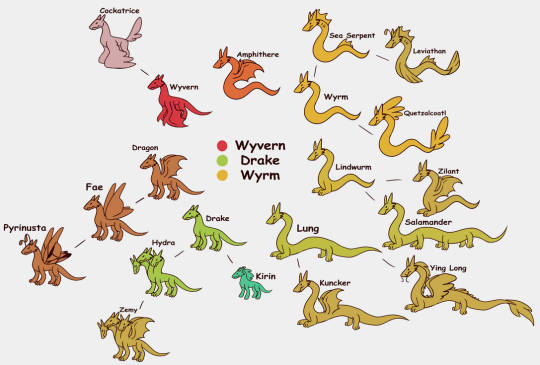
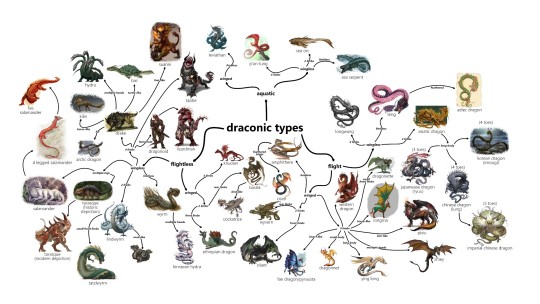

These illustrations are mine though. The eight main limb orientation types I've used. Still works.
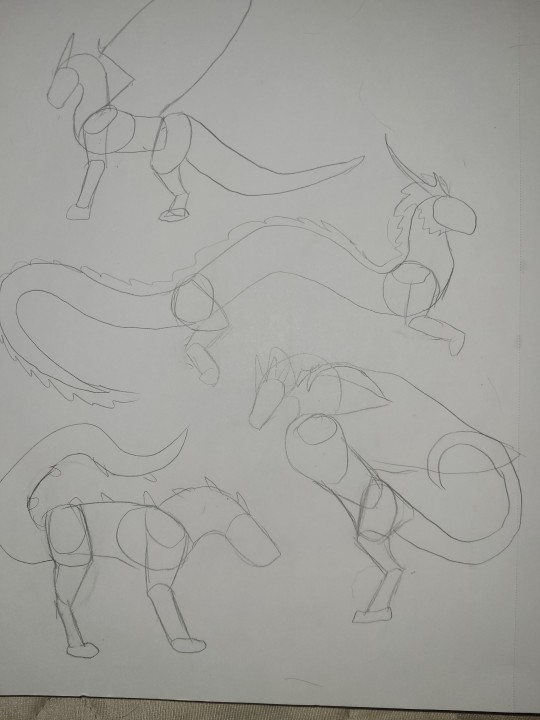

9 Western Dragon- also includes: Fey/pyrausta, Knucker, ying long, zmey, pixiu, dragonnet, dragonnette, longma.
9 Drake- also includes: Kirin, amphisbaena (winged and legged), oroboros (legged), bixi, suanni, Dragonoid, Hydra, Sea orc.
6 Eastern Dragon- also includes: Korean dragon (imoogi), Japanese dragon (ryuu), Chinese dragon (lung), imperial Chinese Dragon.
6 Wyrm- also includes: sea serpent, Quetzalcoatl (wingless), oroboros (limbless), amphisbaena (wingless), Lernaean Hydra.
5 Wyvern- also includes: zilant, guivre, cockatrace (basilisk), amphisbaena (winged and legged).
3 Lindworm- also includes: Leviathan, Tatzelwurm.
2 Amphiptere- also includes: Quetzalcoatl (winged).
2 Basilisk (salamander, cockatrace)- also includes: Tarasque.
44 notes
·
View notes
